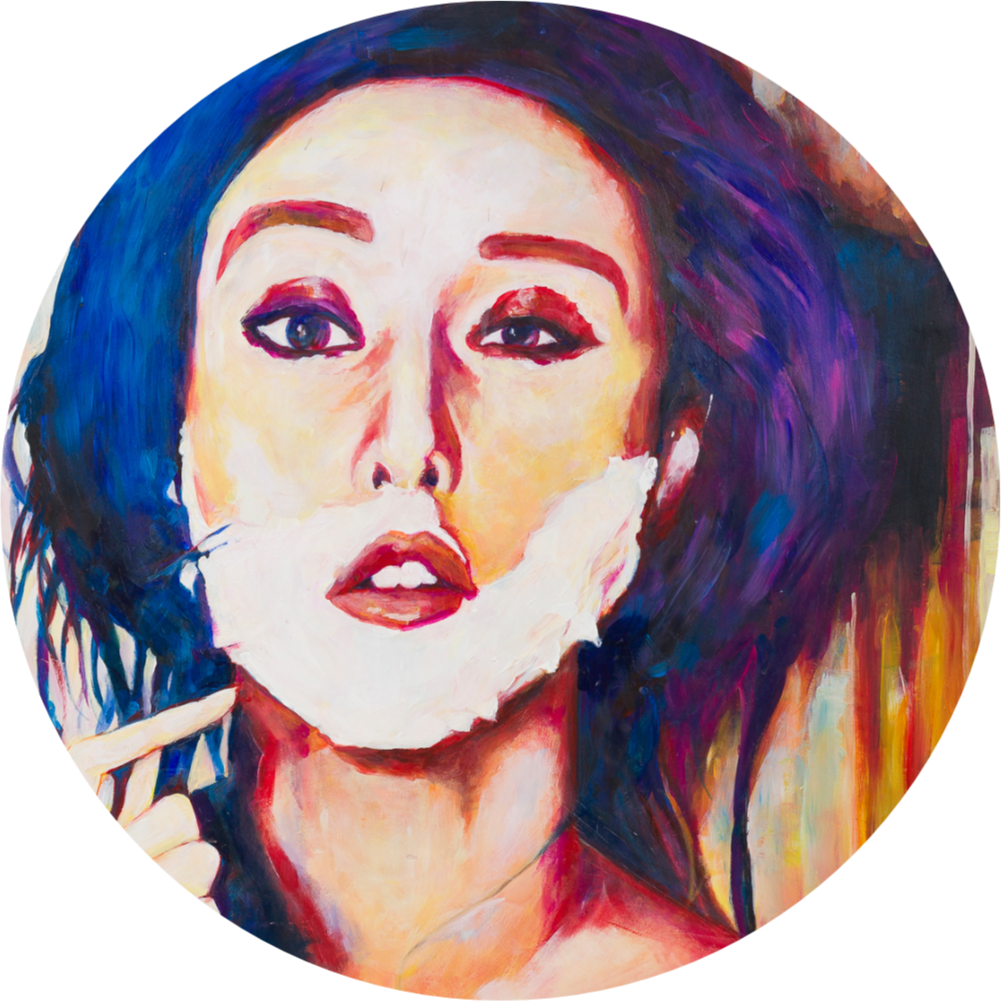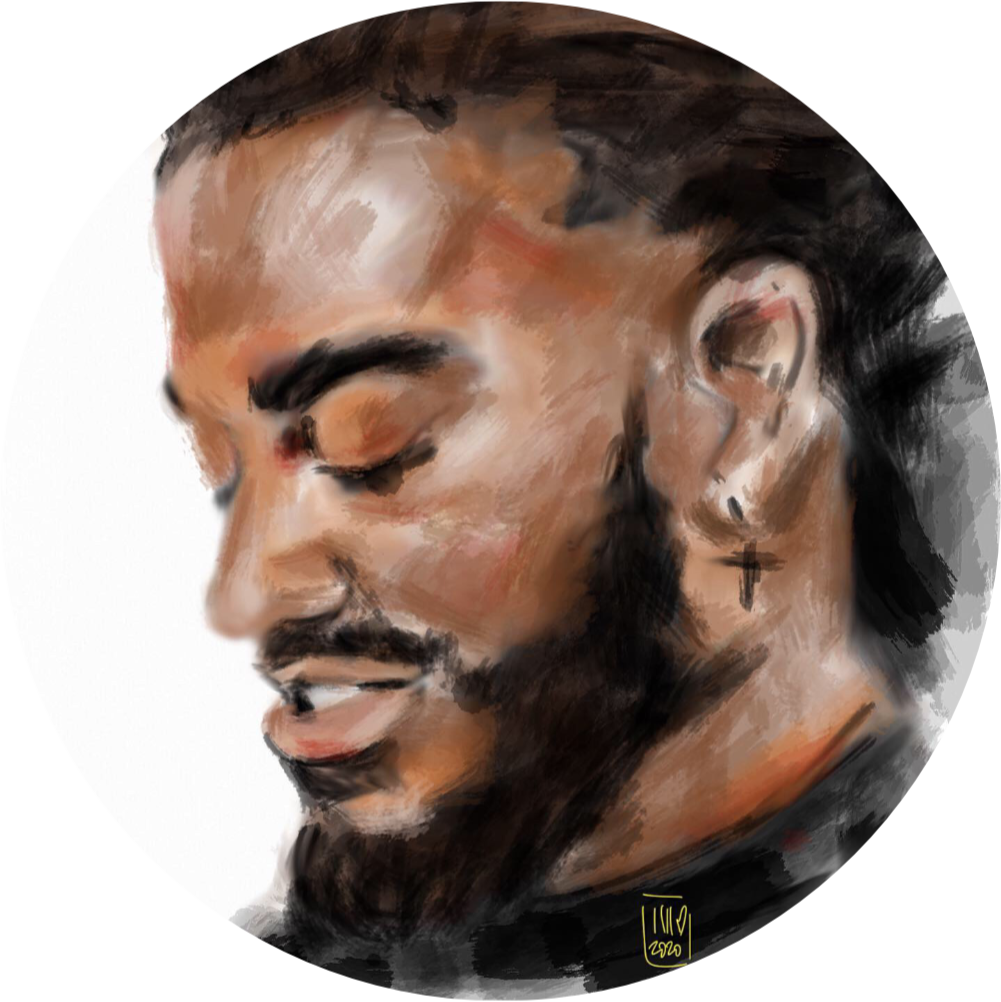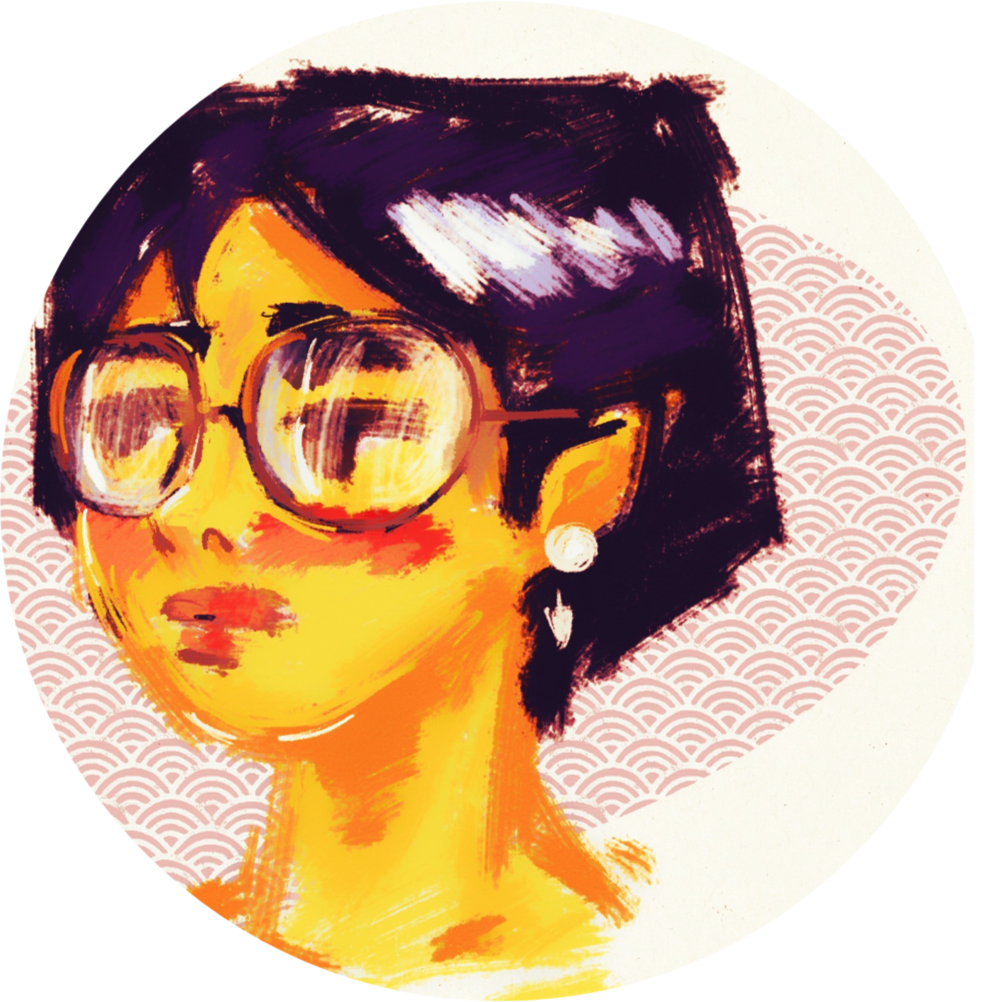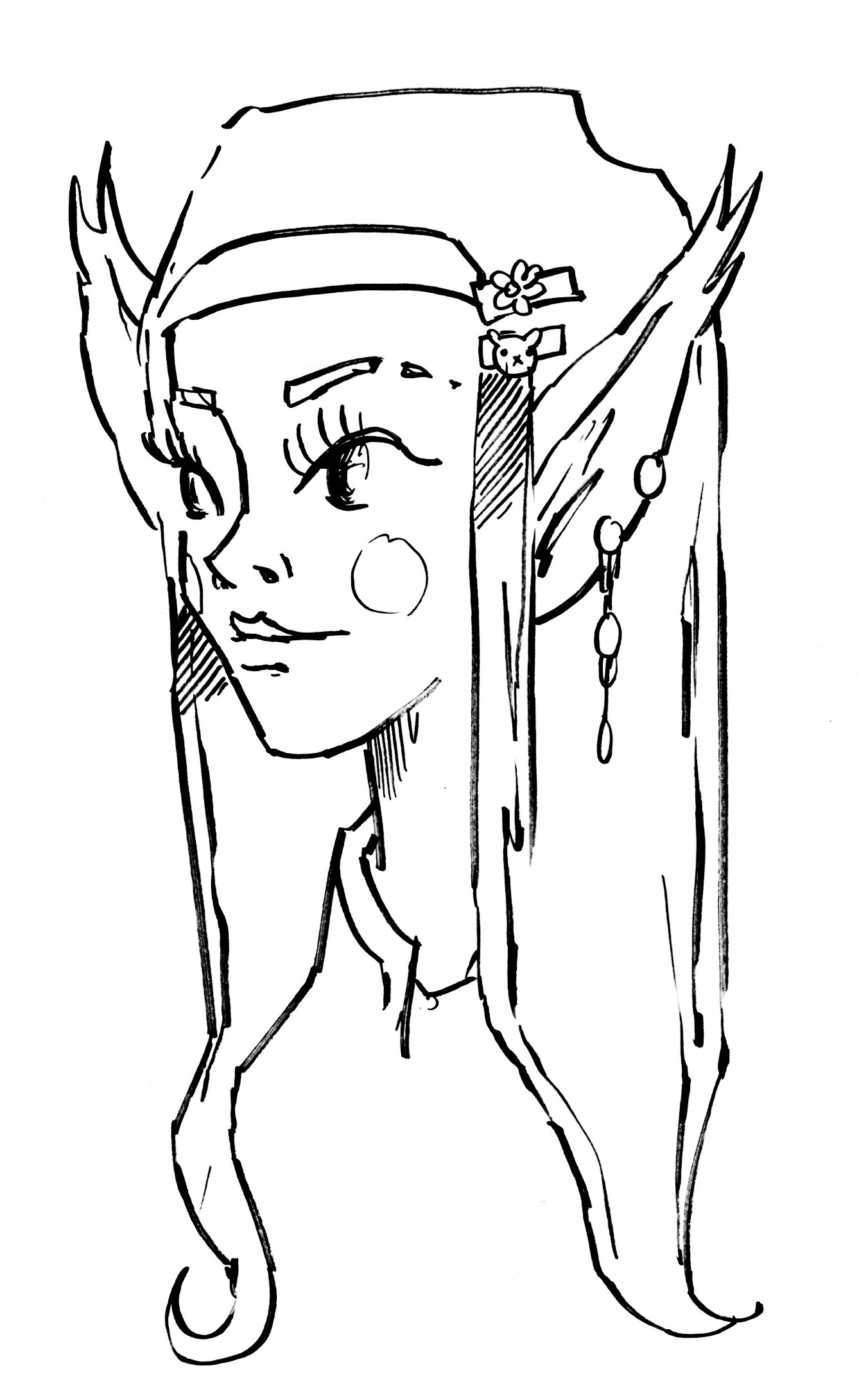Portraiture & Traditional Techniques
An introductory course on figure drawing and portraiture utilising fine arts media.
( EN / SP )

In this course we will get familiar with the basics of gesture drawing applied to portraiture. After reviewing remarkable examples that show how portraiture has been present throughout history, to greatly represent feelings and emotions, we will explore practical portrait drawing and painting using a variety of traditional fine art techniques: from dry media like pencils, to wet media like watercolours. At the end of the course, we will be be able to connect some of the basics of gesture illustration to composing meaningful portraits.

Goals:
To understand how gesture drawing and portraiture have expressed, throughout history, feelings, emotions and other human attributes and attributions.
To develop basic practical skills of portrait painting and drawing.
To develop basic practical skills of portrait painting and drawing.
To learn how to use an assortment traditional wet and dry media techniques, applied to portraiture.
To exercise observation applied to portraiture.
To exercise observation applied to portraiture.
Progra
mme
1
When did humans begin drawing other humans. A brief introduction to gesture and portrait drawing. Shade & outline considerations in portraiture. Shadow observation, applications to volume and rotation in portrait drawing.2
Remarkable examples of portraiture throughout history.3
Basic notions on gesture drawing, basic notions on different techniques (wet and dry).Gesture drawing: what is it, how has it evolved, how can we use it? Principles and foundational concepts; gesture illustration manuals and other drawing practice resources.
4
Brief introduction to wet and dry fine art techniques, applied to portraiture: pencils & coloured pencil, ballpoint pen, watercolour and acrylics. Additional: mixed media5
Dry media and portrait drawingThe basics of portraiture, overview.
Getting familiar with the media: the basics of using pencils and ballpoint pen for drawing (the material and their attributes, how-to basics, line drawing techniques, shading techniques.

A
*Drawing with pencilsGetting to know the materials: the pencils (types of materials and mixes, qualities and finishing, remarkable examples) and the paper (types and differences, best uses)
Techniques: from drafting to final art. Mixing media.
From technique to personal style. Figuring out how to draw portraits your way.
B
*Drawing with ballpoint penGetting to know the materials: ballpoint pens (main attributes, from office stationery to artistic tool) and support (paper, mixing media)
Techniques: drafting. From drafting to final art. Mixing media.
Remarkable examples and observations on how-to s.
Wet media and portraiture
Review the basics of portraiture. Remarkable examples.
Other available material.
Getting familiar with the media: brushes, paint and canvas.
Brushes: the basics (types, materials, uses, application of paint)
Paint: review of different kinds and qualities of various types of paint. Special focus on watercolour and acrylic paint.
C
*Painting/Drawing with watercoloursGetting to know the material: kinds of watercolour available and how to work with each (hard, paste, liquid); papers, a brief review and tips on how to chose the right paper for an artwork.
Techniques: practical information on how to handle the paper and apply the paint to achieve specific “watercolour” looks.
D
*Painting with acrylicsGetting to know the material: acrylic paint (attributes, qualities, application with brushes) and the variety of available canvases that work with it.
Techniques: practical information on how to use the brushes with acrylic paint.
From brushstrokes to bold paint: how to use acrylics to achieve specific looks on the final artwork.

Practical exercise:
to create a series of portraits (4) using an assortment of both dry and wet media, or mixed media if desired, with a fine art quality finishing.
Practical info:
#hours:
4 modules; 3-4 hours / moduleMaterials:
paper/canvas & painting/drawing tools (provided by workshop). Participants are invited to bring their own material if they want to, but it is not necessary.Target:
16-100+ (anyone who would like to create some portrait paintings or drawings is welcome)Structure:
0.5-1.5 hours- theory, discussion, case studies.
2.5 hours- practical exercise
Prices:
Per session75 € / person; 150 € / 3 people.
Full workshop
180 € / person; 300 € / 3 people.
